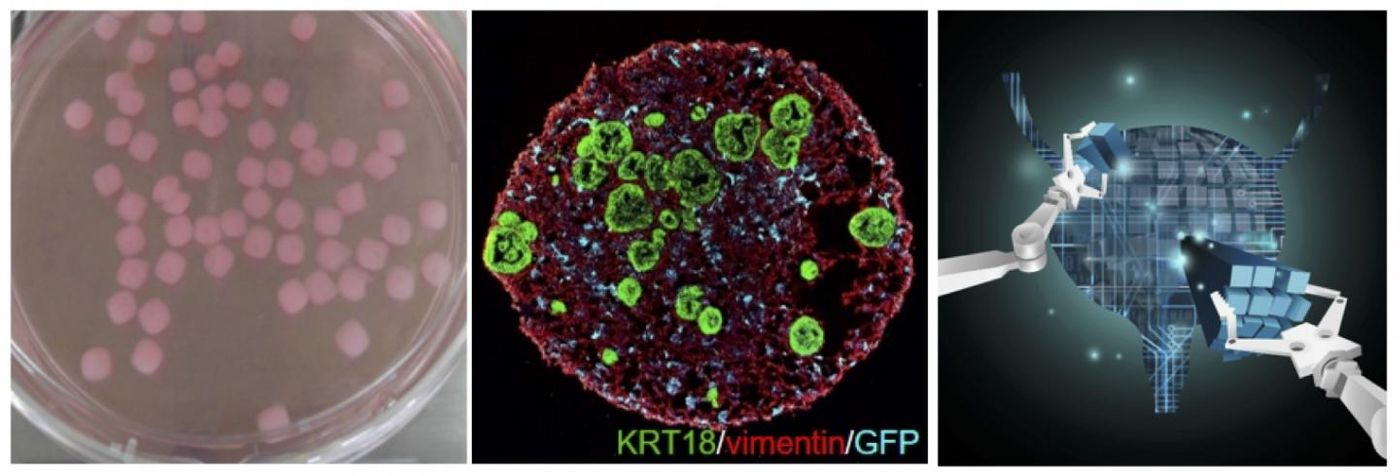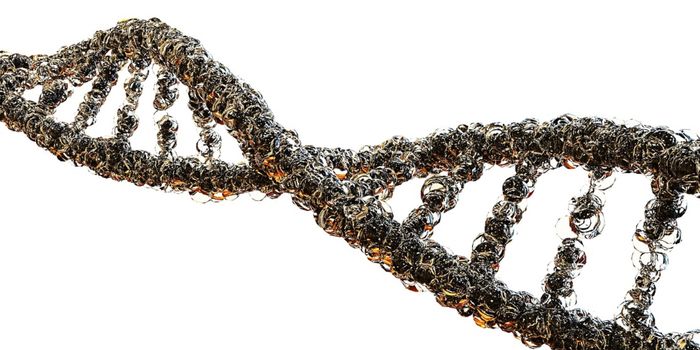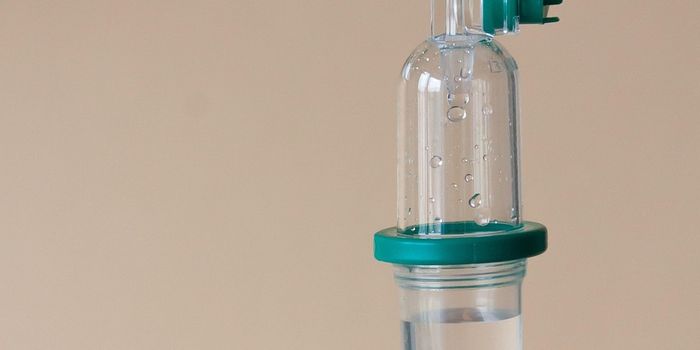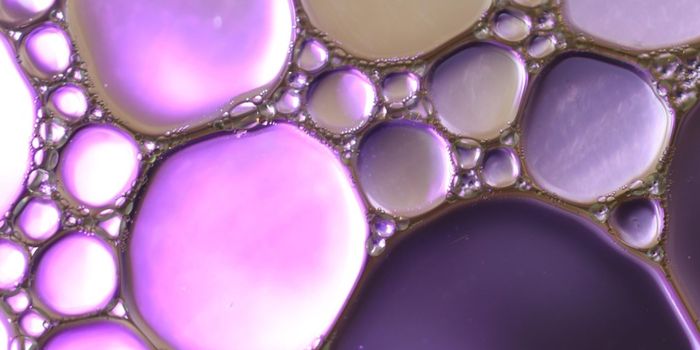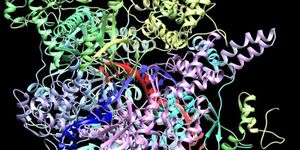Beyond Organoids to a Better Research Model
For many years, scientists have relied on cells that grow in dishes and animal models to learn more about human diseases, and they have given us many insights. But researchers have also known that these models are imperfect; human cells live in a three-dimensional environment, and animals and humans have many differences. As such, organoids have been created, which are three-dimensional cell structures that are meant to be very small, simplified versions of human organs.
Now researchers have taken organoids a step further, to create assembloids, which are also meant to mimic human tissues. They were created by bringing stem cells together with other cell types in stroma or connective matrix. They go beyond organoids, which don't have structural maturity or a microenvironment for their tissue. As such, cells growing in organoids are not thought to have the same relationship with one another as the cells in human organs. Assembloids are multi-layered and more faithful copies of human tissues that could be might better for testing treatments. The work was reported in Nature.
"These assembloids are the world's first in-vitro reconstituted organoids," explained the first study author Eunjee Kim. "We can precisely model a variety of complex intractable diseases such as cancer, degenerative diseases, and various neurological diseases including schizophrenia and autism, and understand the pathogenesis of such diseases to ultimately develop better therapeutic options."
"To our knowledge, our efforts to generate assembloids that structurally and functionally recapitulate the pathophysiology of original tissues have not been previously described," said the study leader Professor Kunyoo Shin of POSTECH's Department of Life Sciences.
"Generating such artificial tissues is particularly relevant to modern research because the importance of tissue microenvironments in epithelial tissue homeostasis and the growth of various tumors is increasingly being recognized. We anticipate our study to open a new era of a drug discovery that will revolutionize the advancement of patient-customized treatment for various intractable diseases," Shin added.
In this work, the scientists showed that the cells in their assembloids were just like cells in mature organs in terms of composition and gene expression at the single-cell level. They also had the same response to injury as healthy tissue. Patient-specific organoids were also generated, and after bringing in genetic engineering tools, the researchers learned more about how signals from a tumor microenvironment affect tumor cell plasticity.
"This study is a great model for interdisciplinary science, and presents a new direction for precise and personalized therapy for various human diseases," added study author Professor Tae-Young Roh.
Sources: AAAS/Eurekalert! via Pohang University of Science & Technology (POSTECH), Nature
